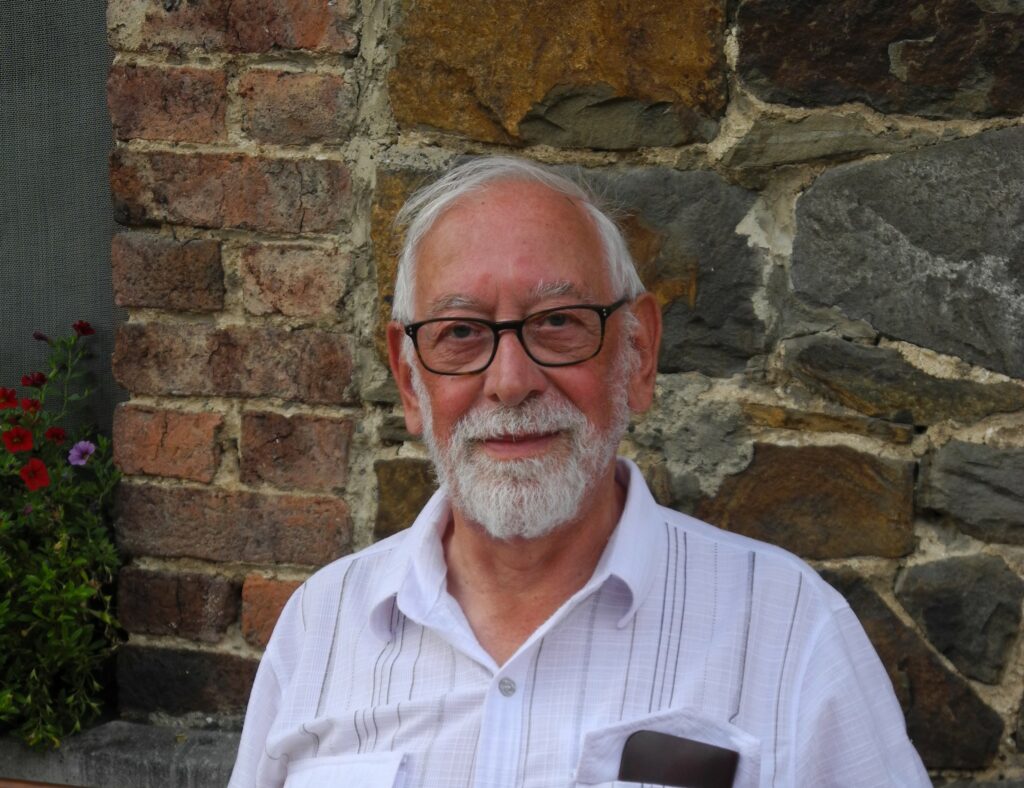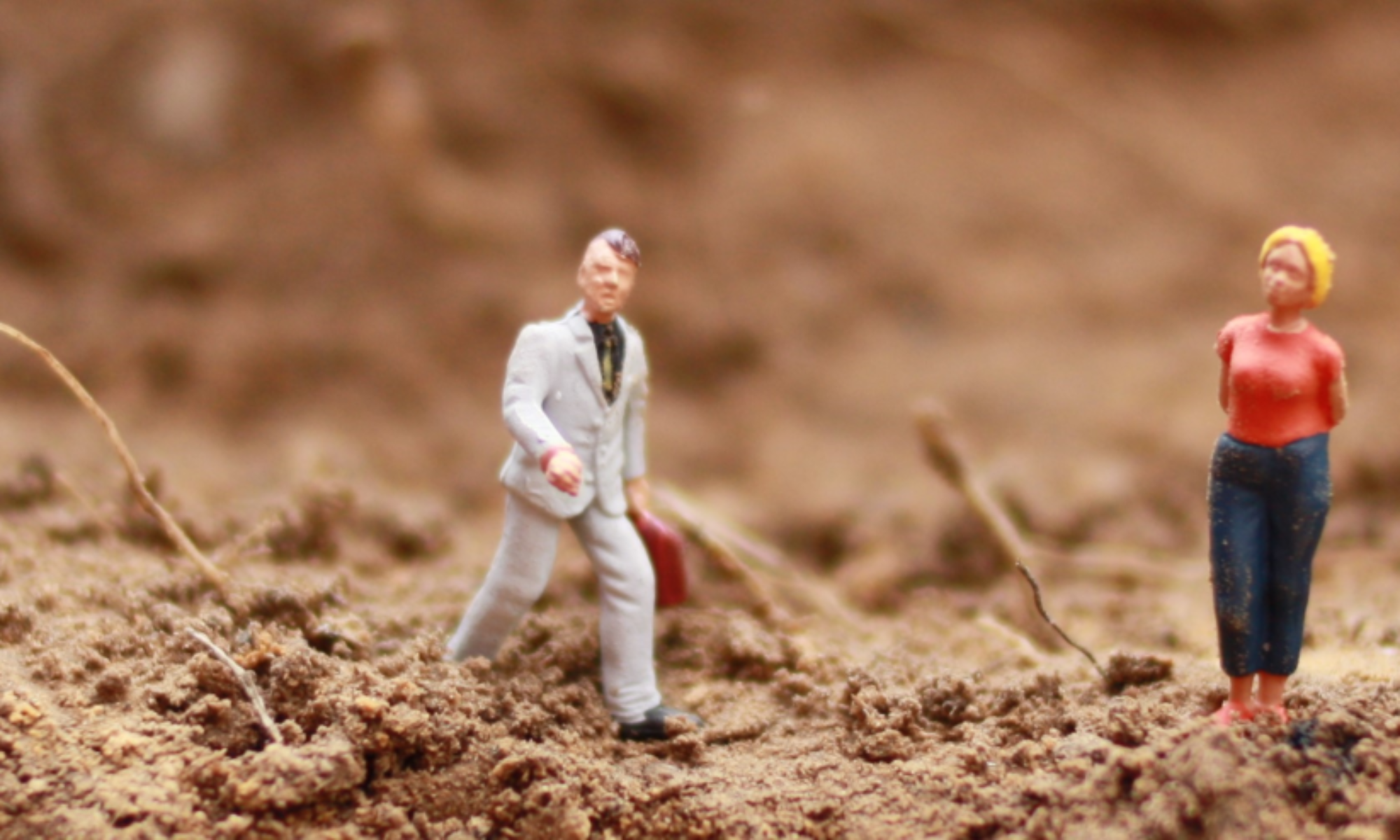Georges Stoops, Professor Emeritus at the Faculty of Sciences of Ghent University in Belgium, and Honorary President of the Belgian Soil Science Society, passed away suddenly on January 20th 2022 at the age of 84, during a vacation with his family in the South of Spain. Georges was an excellent soil scientist of international standing, belonging to a generation of great soil micromorphologists. His outstanding activities contributed considerably to the development and worldwide use of thin section observations in soil studies.

Georges was born on August 12th 1937 in Antwerp, Belgium. He studied Geology at Ghent University, where he also obtained a PhD degree in Geology, in 1966, with a dissertation about soil development in the Bas-Congo region of the DR Congo. Georges began his professional career with a fellowship of the Belgian Institute for Encouragement of Scientific Research Overseas (BIBWOO). During that period, he participated in the first geopedological mission to the Galápagos Islands, organized by Prof. Dr. René Tavernier and sponsored by the Charles Darwin Foundation, Ghent University, the Soil Survey Centre (Ghent), BIBWOO and the National Fund for Scientific Research (NFWO). The soils of the Galápagos Islands would continue to fascinate Georges up to the end of his life. From 1962 till 1967 he was assistant lecturer at the Faculty of Agronomy of the Lovanium University in Kinshasa, DR Congo, where he began the mineralogical and micromorphological study of soils and weathering profiles that would become the subject of this PhD dissertation. In 1968 he was appointed at Ghent University, where he would teach courses on mineralogy and micropedology until he retired. He became Full Professor in 1987, and Emeritus Professor in 2002. During this tenure as professor, he was Director of the Laboratory for Mineralogy, Petrology and Micropedology. He was also the first Chairman of the Department of Geology and Soil Science (1993-2001), and Director of the International Training Centre for Post-Graduate Soil Scientists (ITC) (1989-2001). Georges was well respected by his peers, as well as by the many generations of MSc and PhD students, coming from all over the world, who knew him as lecturer or thesis supervisor.
Throughout his career, Georges had a strong interest in development cooperation. He was actively involved in several university cooperation projects, in Africa (Congo, Egypt, Rwanda, Tunisia, Zambia, Zimbabwe), Asia (Indonesia, Iraq, Malaysia, Syria), and South America (Ecuador, Mexico, Suriname). He also frequently acted as guest lecturer for micromorphology courses at various universities (e.g., Bahia Blanca, Barcelona, Bratislava, Granada, Lleida, Tunis). He was a member of the Steering Committee of Development Cooperation of the Flemish Interuniversity Council (VLIR-UOS), of which he was Vice-President in 1999-2002. As researcher with extensive overseas experience, he was also very active within the Royal Academy of Overseas Sciences of Belgium, of which he became a member in 1988, followed by terms as Director of the Section of Natural and Medical Sciences (1995, 1998) and as President of the Academy (1999).
Georges has devoted most of his career to the study of microscopic features of soils and regoliths. Within this discipline, he was for many decades one of the leading scientists. His exceptional expertise was based on a particularly good knowledge of microscopic techniques, and on the belief that interpretations can only rely on correct observations. He made extensive use of soil thin sections, and he was also one of the first to explore the possibilities of SEM techniques in soil micromorphology. His research activities in an international working environment made him acquainted with an exceptionally wide range of soil conditions, from weathering in the humid tropics to salt accumulation in desert areas, and from pristine volcanic islands to archeological sites. The results of his research cover many topics and were published in more than 200 peer-reviewed articles and 25 books. These studies have contributed substantially to the understanding of the genesis of arid and tropical soils. One of his main achievements is his contribution to the development of concepts and terminology for the description of soil thin sections that are currently applied worldwide. He was one of the driving forces behind the first international effort in this area, published as the Handbook for Soil Thin Section Description in 1982, with Peter Bullock as first author. This textbook was revised as a monograph entitled Guidelines for the Analysis and Description of Soil and Regolith Thin Sections, published by the Soil Science Society of America in 2003 (2021 for second edition). After becoming Emeritus Professor, he took the initiative to prepare, with two former students, an up-to-date textbook about the significance of micromorphological features in terms of soil genesis, with contributions by various international experts. This book, entitled Interpretation of Micromorphological Features of Soils and Regoliths, published by Elsevier in 2010 (2018 for second edition), can be considered as a first approximation of an inventory of micromorphological knowledge. During the same period, he also co-edited a volume about Archaeological Soil and Sediment Micromorphology, published by Wiley in 2017.
His internationally recognized achievements in the field of soil science, in part with special emphasis on his contributions to soil micromorphology and his merits for soil science education and research in developing countries, have been honoured by the Dokuchaev Medal of the All-Union Academy of Soviet Soil Scientists (1985), the Kubiëna Award of the International Soil Science Society (1992), and the Philippe Duchaufour Medal of the European Geosciences Union (2010).
Georges was active in several professional societies. He was twice Chairman of the Sub-Commission on Soil Micromorphology of the International Soil Science Society (1982-1985, 2001-2004), and Vice-President of the Soil Science Systems Commission of the European Geosciences Union (2002-2006). He was member of the editorial board of several international and national journals, and he organized several congresses, training courses and workshops in Belgium and abroad. He remained active as researcher, author and lecturer until the end of his life.
Georges Stoops was a very social, amiable and generous person with an enormous sense of humanity. He was an outstanding scientist and researcher, who was always willing to share his knowledge, and who will be remembered by his many former collaborators and students. His death is a tremendous loss for the soil micromorphology community and for soil science in general.
We will remember him and miss him greatly.
Em. Prof. Dr. Eric Van Ranst
Ghent University, Belgium
